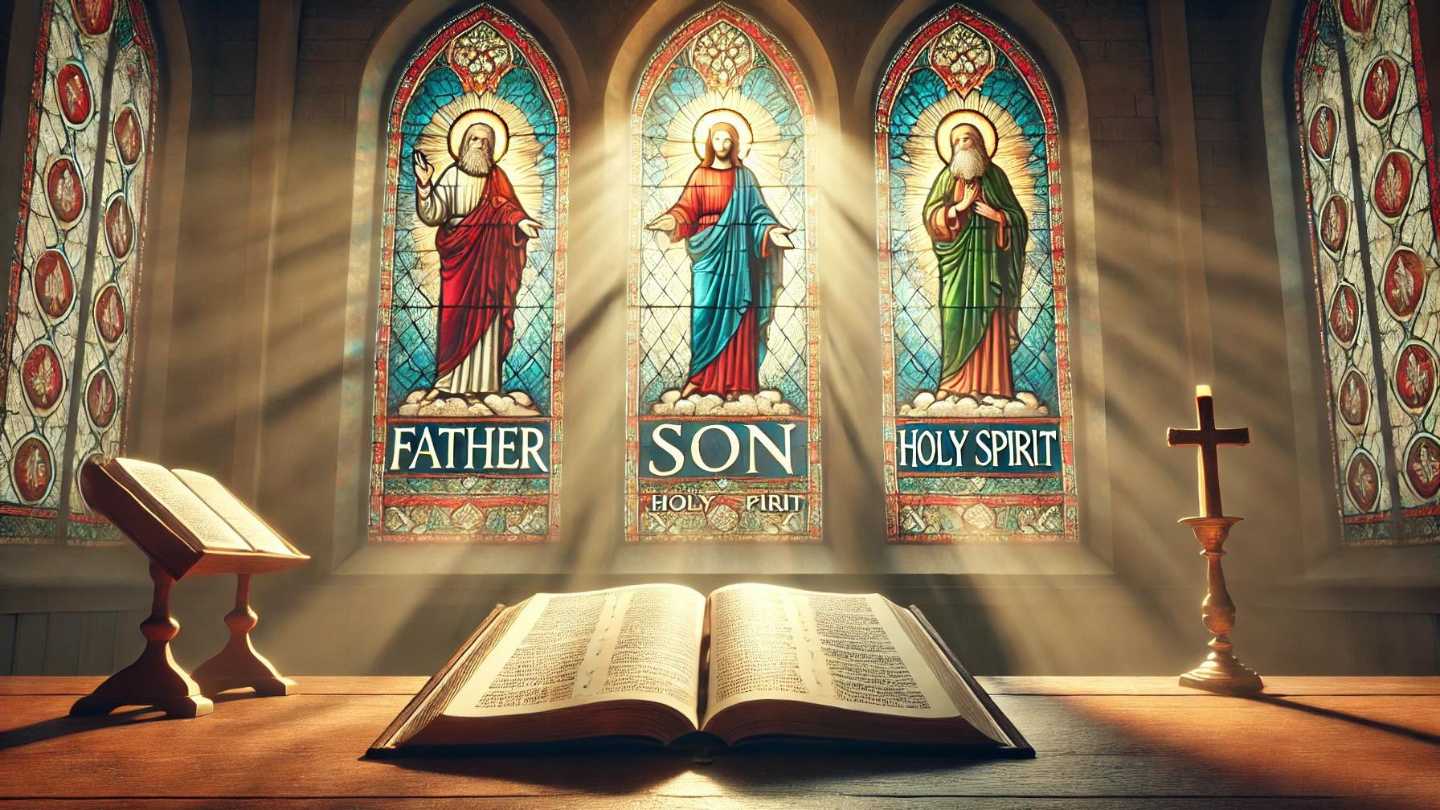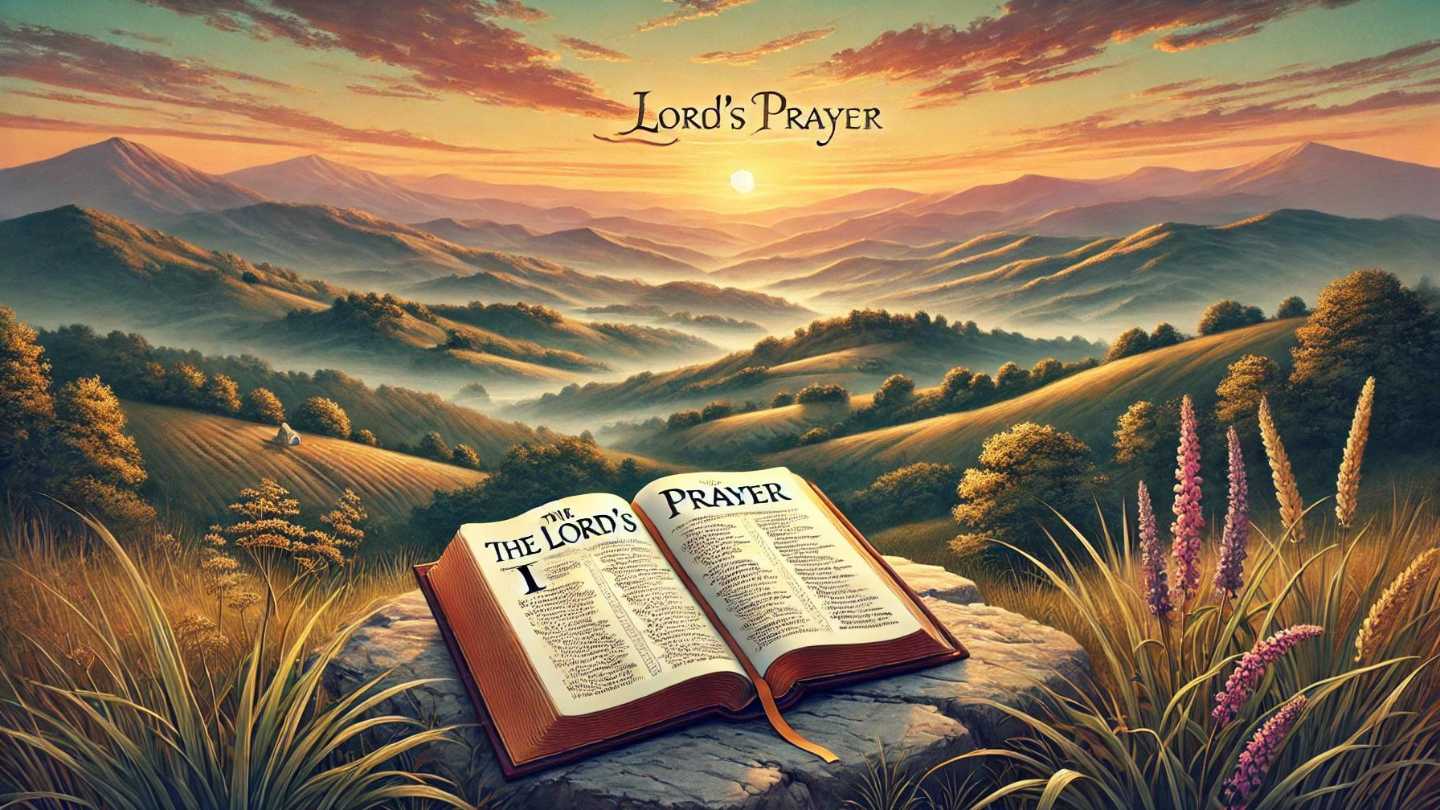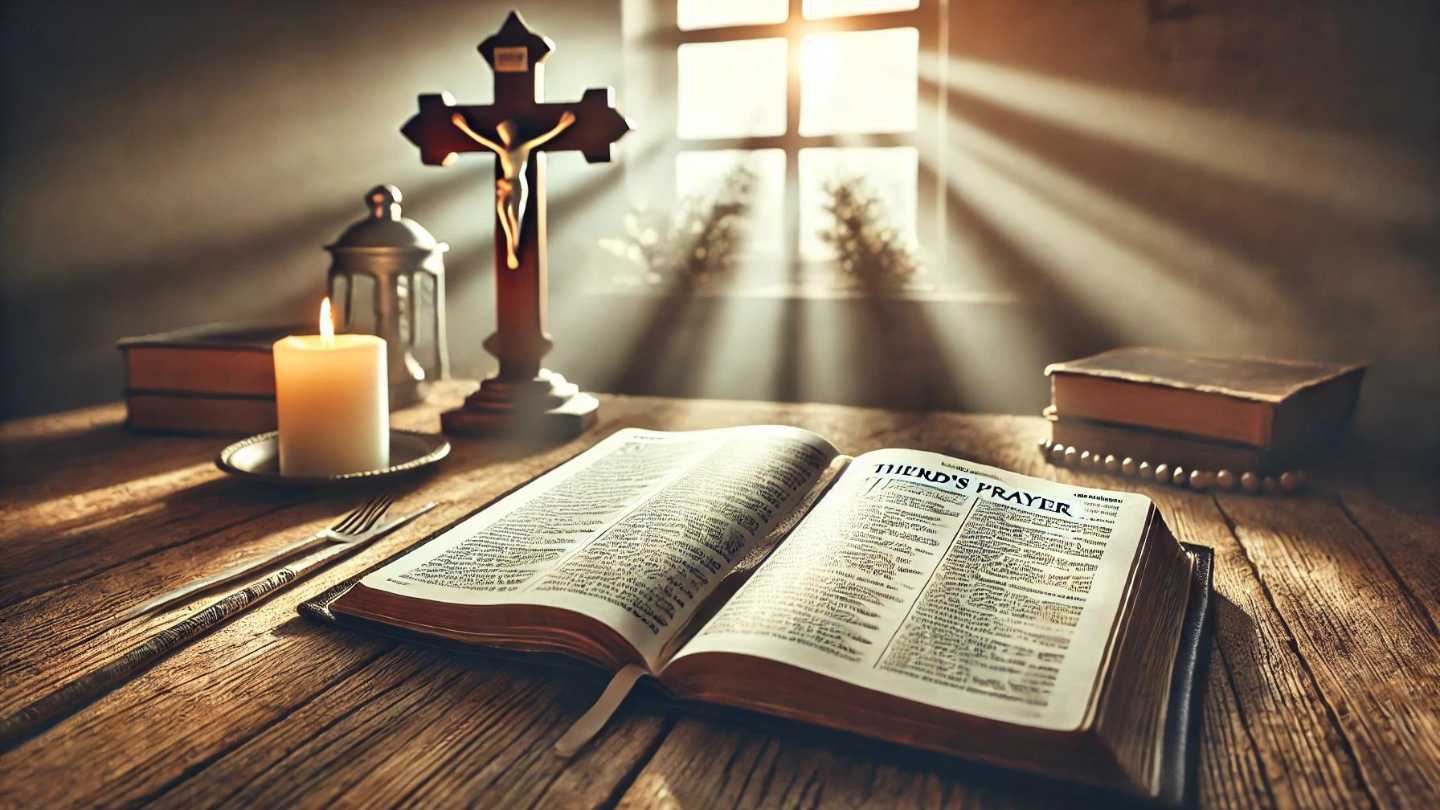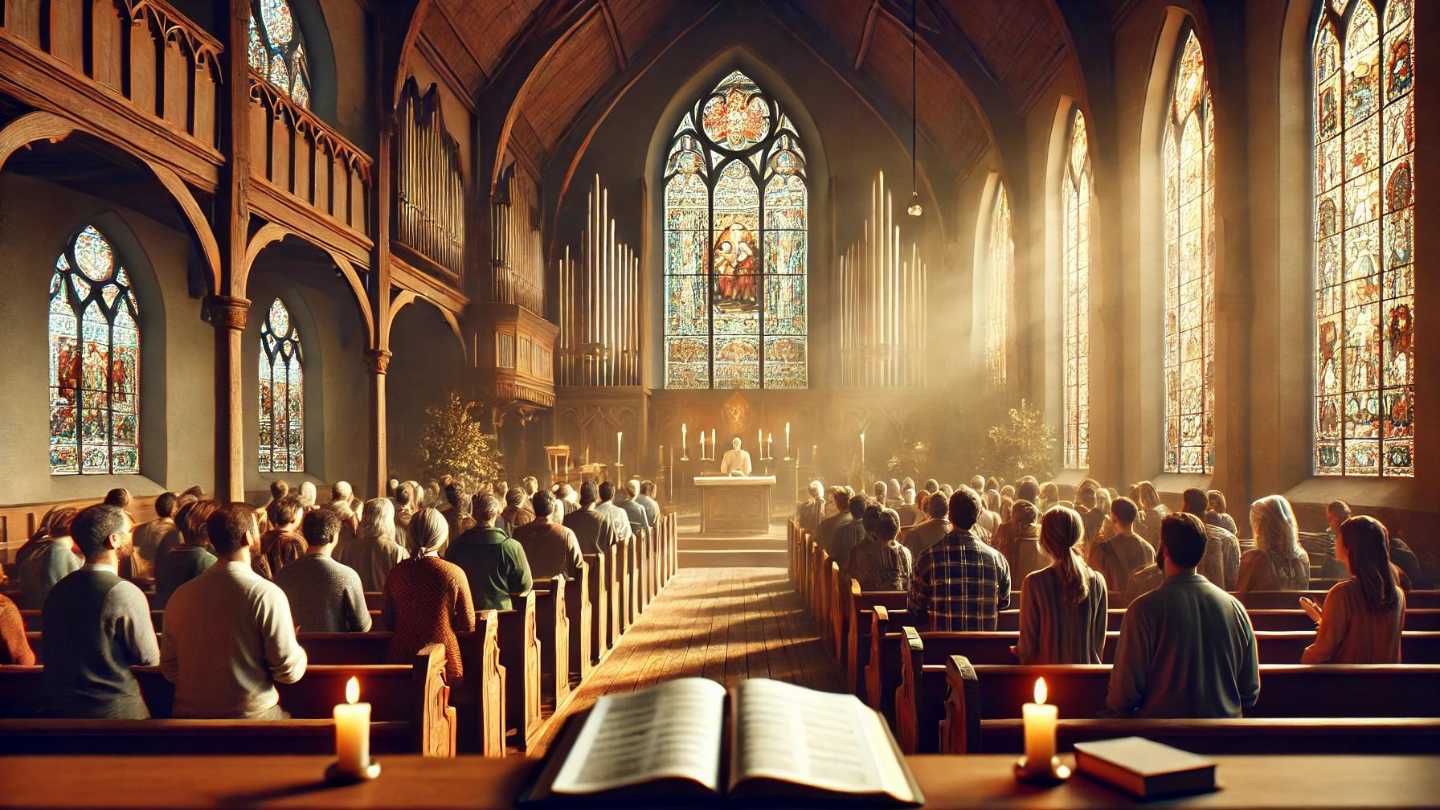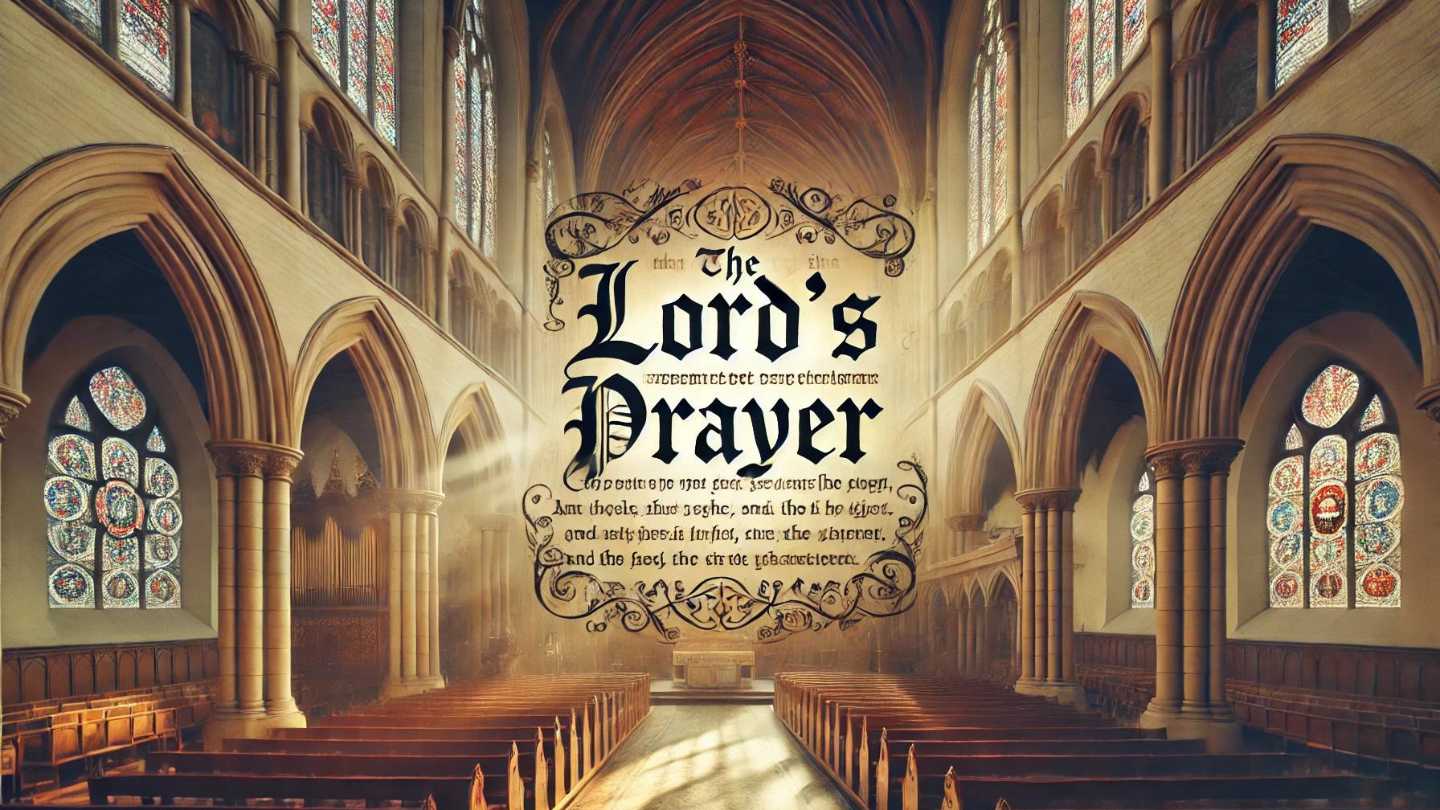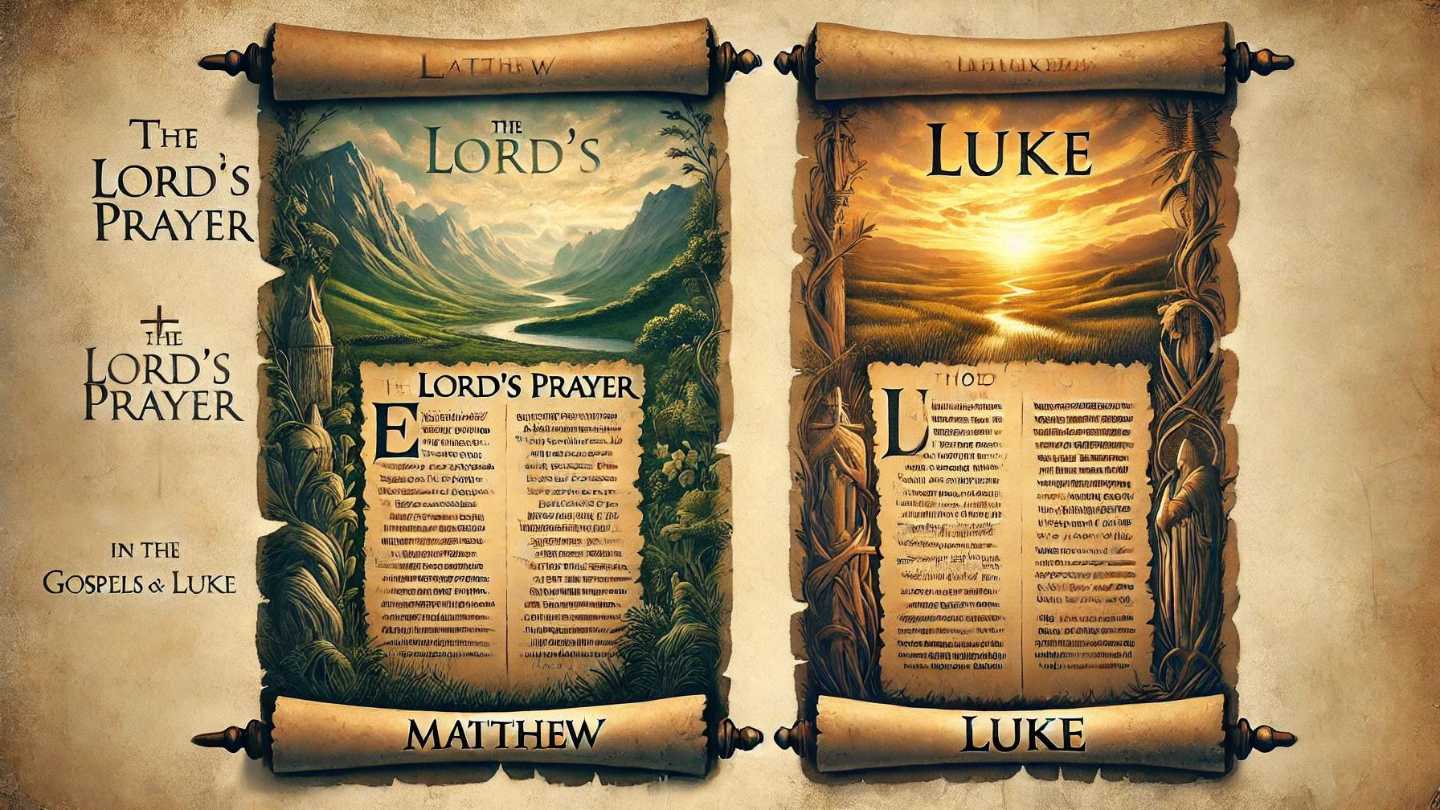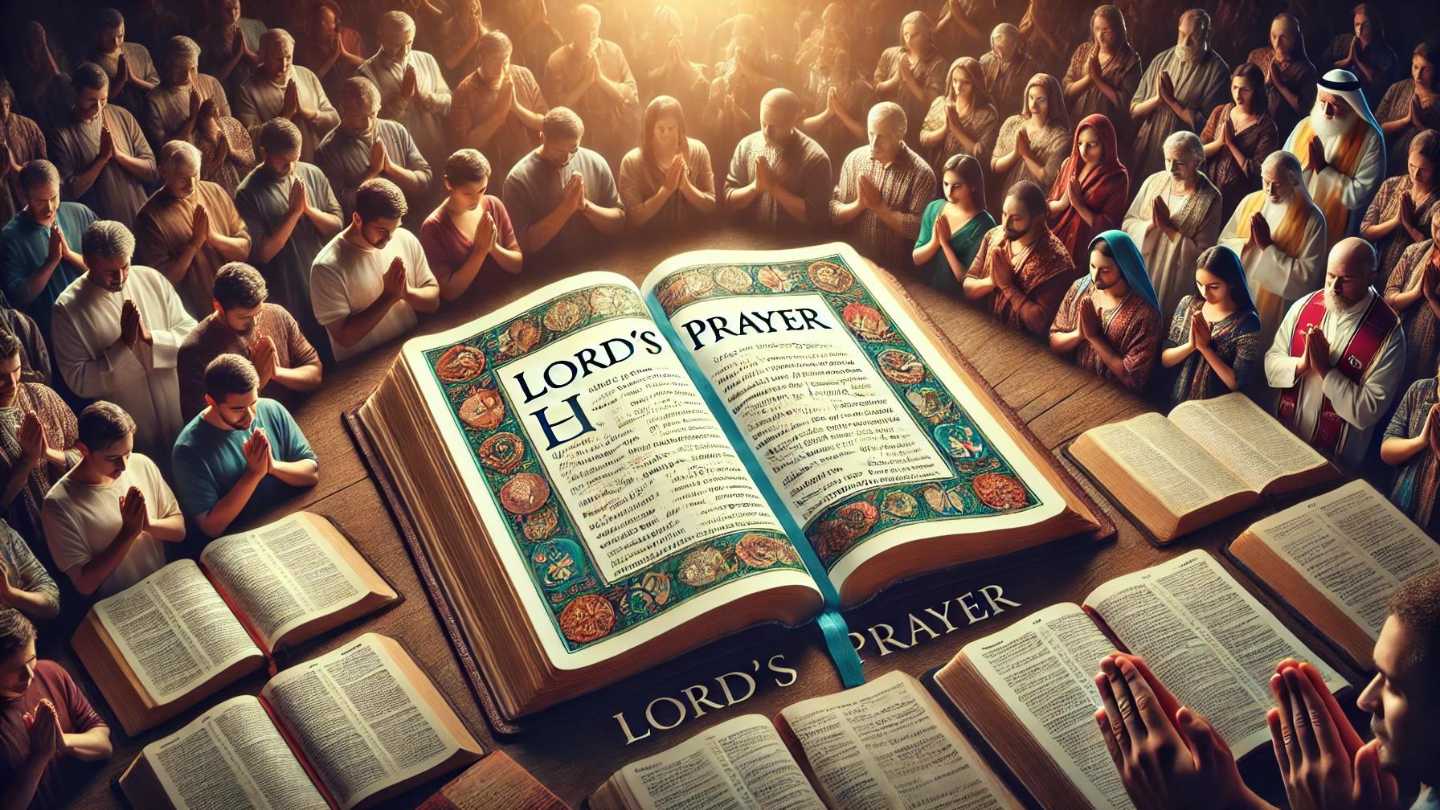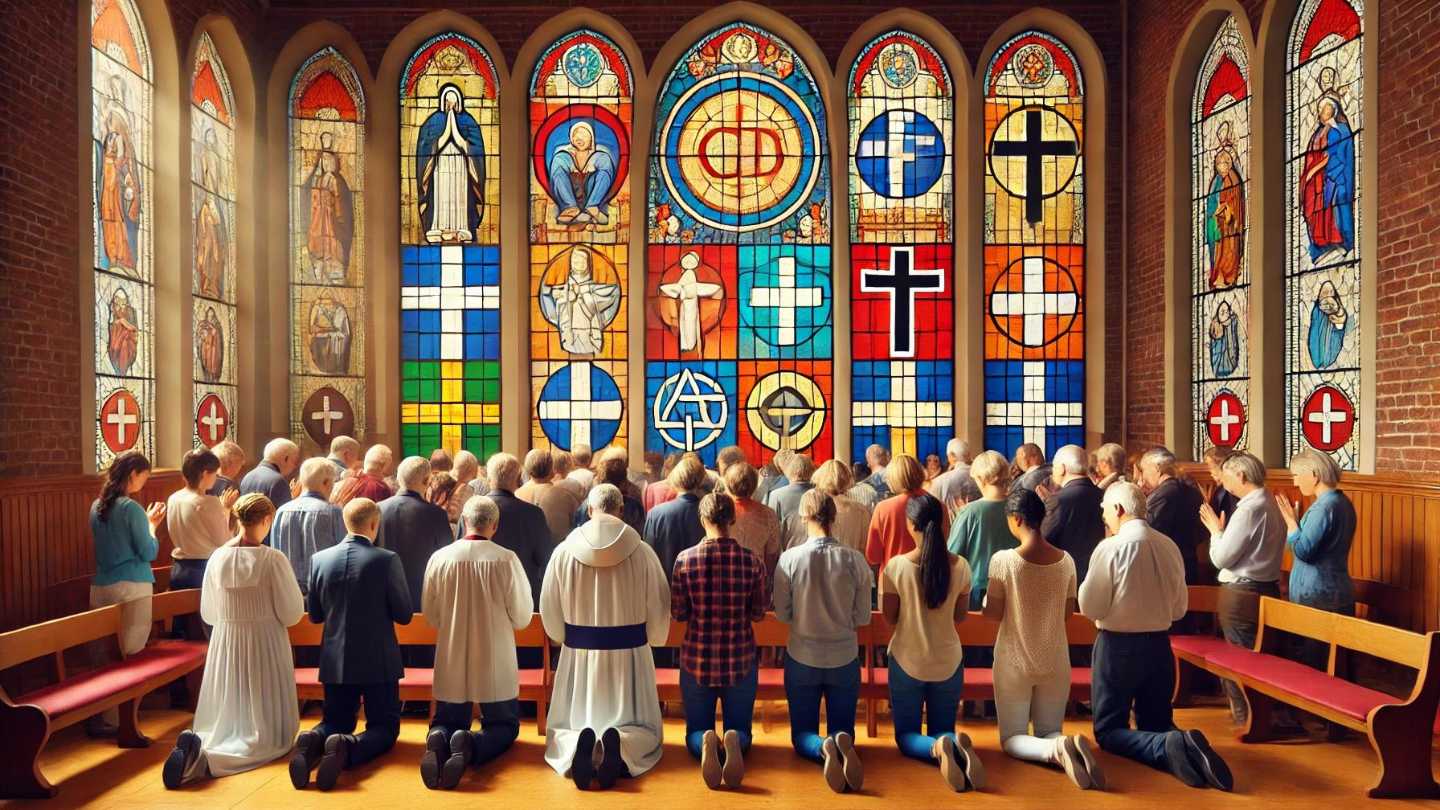The Lord’s Prayer, also known as the Our Father, holds a central place in Christian worship and is one of the most recited prayers in Christianity. Yet, its roots and many of its elements are deeply embedded in Jewish prayer traditions. Understanding these connections offers a richer perspective on the prayer’s significance and the continuity of spiritual practices from Judaism to Christianity.
Historical Context of The Lord’s Prayer
The Lord’s Prayer is found in two places in the New Testament: Matthew 6:9-13 and Luke 11:2-4. It is traditionally believed to have been taught by Jesus to His disciples as a model of how to pray. This prayer encapsulates key themes of humility, dependence on God, forgiveness, and seeking divine guidance.
Jewish Prayer Traditions
Jewish prayer life during the Second Temple period (516 BCE – 70 CE) was characterized by a variety of prayers, both formal and informal. Central to Jewish prayer were the Shema and the Amidah. The Shema, recited twice daily, affirms the monotheistic essence of Judaism. The Amidah, or the Eighteen Benedictions, is a set of blessings recited three times a day, encompassing praise, requests, and thanksgiving.
Common Themes and Phrases
Our Father in Heaven:
- The Lord’s Prayer: “Our Father in heaven, hallowed be your name…”
- Jewish Prayers: The concept of addressing God as Father is found in several Jewish prayers, such as the Amidah which begins with “Blessed are You, Lord our God and God of our fathers…”
Sanctification of God’s Name:
- The Lord’s Prayer: “…hallowed be your name.”
- Jewish Prayers: The Kaddish, a central prayer in Jewish worship, includes the phrase “May His great name be exalted and sanctified…”
Kingdom of God:
- The Lord’s Prayer: “Your kingdom come…”
- Jewish Prayers: Jewish prayers frequently express the hope for the coming of God’s kingdom, particularly in the Aleinu prayer which ends with a plea for God’s kingdom to be established on earth.
Daily Provision:
- The Lord’s Prayer: “Give us today our daily bread.”
- Jewish Prayers: The Amidah includes a blessing for sustenance, asking God to “Bless this year for us and all its kinds of produce for our good.”
Forgiveness:
- The Lord’s Prayer: “Forgive us our debts, as we also have forgiven our debtors.”
- Jewish Prayers: The Amidah includes a plea for forgiveness: “Forgive us, our Father, for we have sinned…”
Deliverance from Evil:
- The Lord’s Prayer: “And lead us not into temptation, but deliver us from the evil one.”
- Jewish Prayers: Jewish prayers often include requests for protection from sin and evil, such as in the Morning Blessings: “Lead me not into sin, nor into iniquity, nor into temptation…”
The Influence of Jewish Liturgy
The structure and themes of The Lord’s Prayer suggest it was deeply influenced by the Jewish liturgical traditions Jesus would have known. This connection highlights the continuity between Jewish and Christian worship practices and underscores the shared spiritual heritage.
Theological Significance
The Lord’s Prayer encapsulates key theological themes that are central to both Judaism and Christianity: the sanctity of God’s name, the coming of God’s kingdom, reliance on God for daily needs, the importance of forgiveness, and the plea for protection from evil. These shared themes emphasize the universal aspects of seeking a relationship with the divine, ethical living, and the hope for redemption.
In a nutshell
Understanding The Lord’s Prayer within the context of Jewish prayer traditions provides a deeper appreciation of its origins and significance. This connection underscores the continuity of faith and the shared spiritual heritage that links Christianity with its Jewish roots. As both traditions continue to evolve, the enduring legacy of these ancient prayers continues to inspire and guide the faithful in their spiritual journeys.
Related Articles
Author

Alona Smith is a devoted follower of Jesus Christ who believes that life’s true purpose is found in knowing Him and making Him known. She is passionate about sharing God’s Word with clarity and compassion, helping others see the beauty of the gospel of grace revealed through the Apostle Paul.
Grounded in Scripture and led by the Spirit, Alona seeks to live out her faith in practical ways—showing kindness, extending forgiveness, and walking in love. Whether serving in her local church, encouraging a friend in need, or simply living as a light in her community, she strives to reflect Christ in both word and deed.




